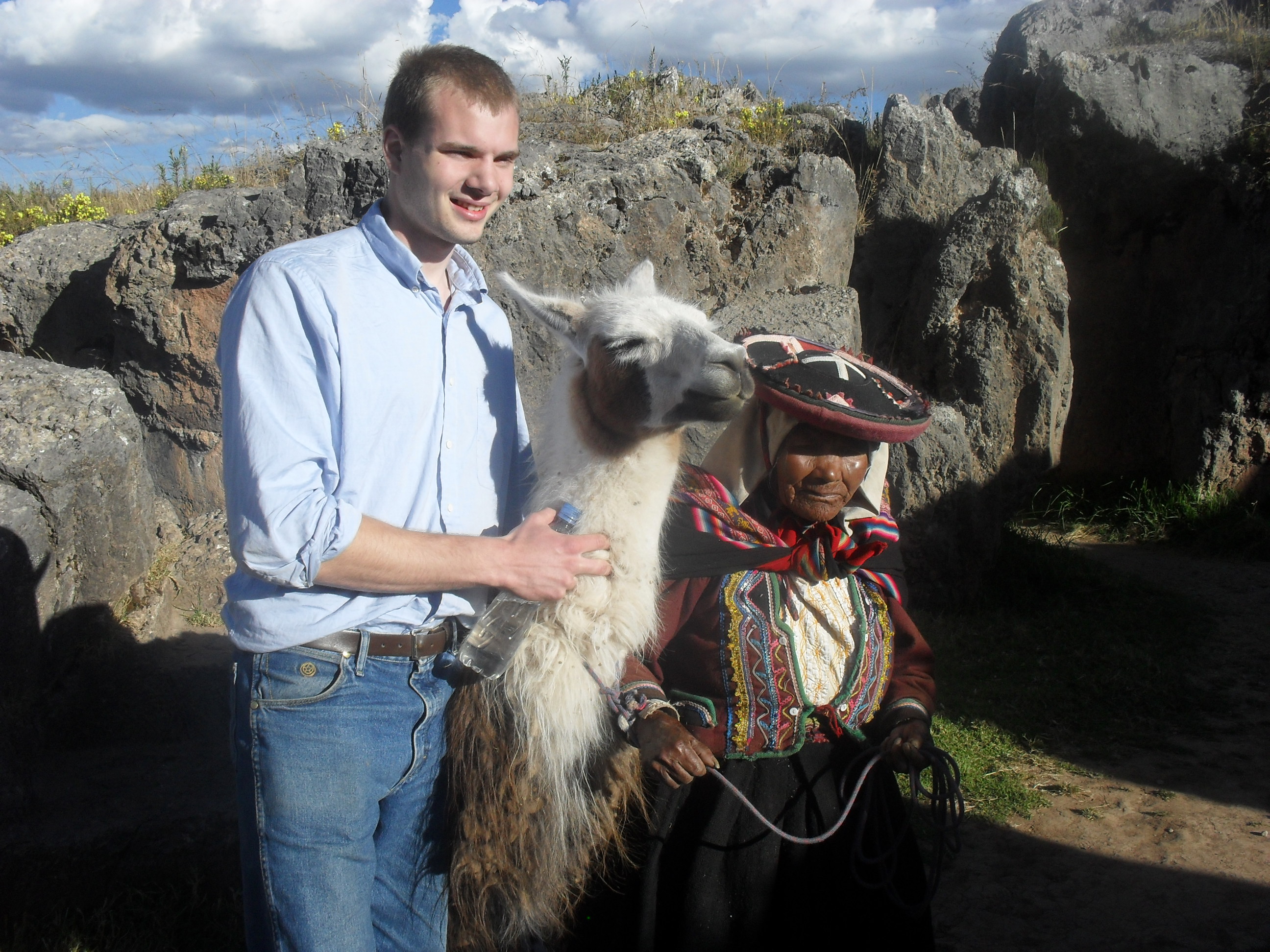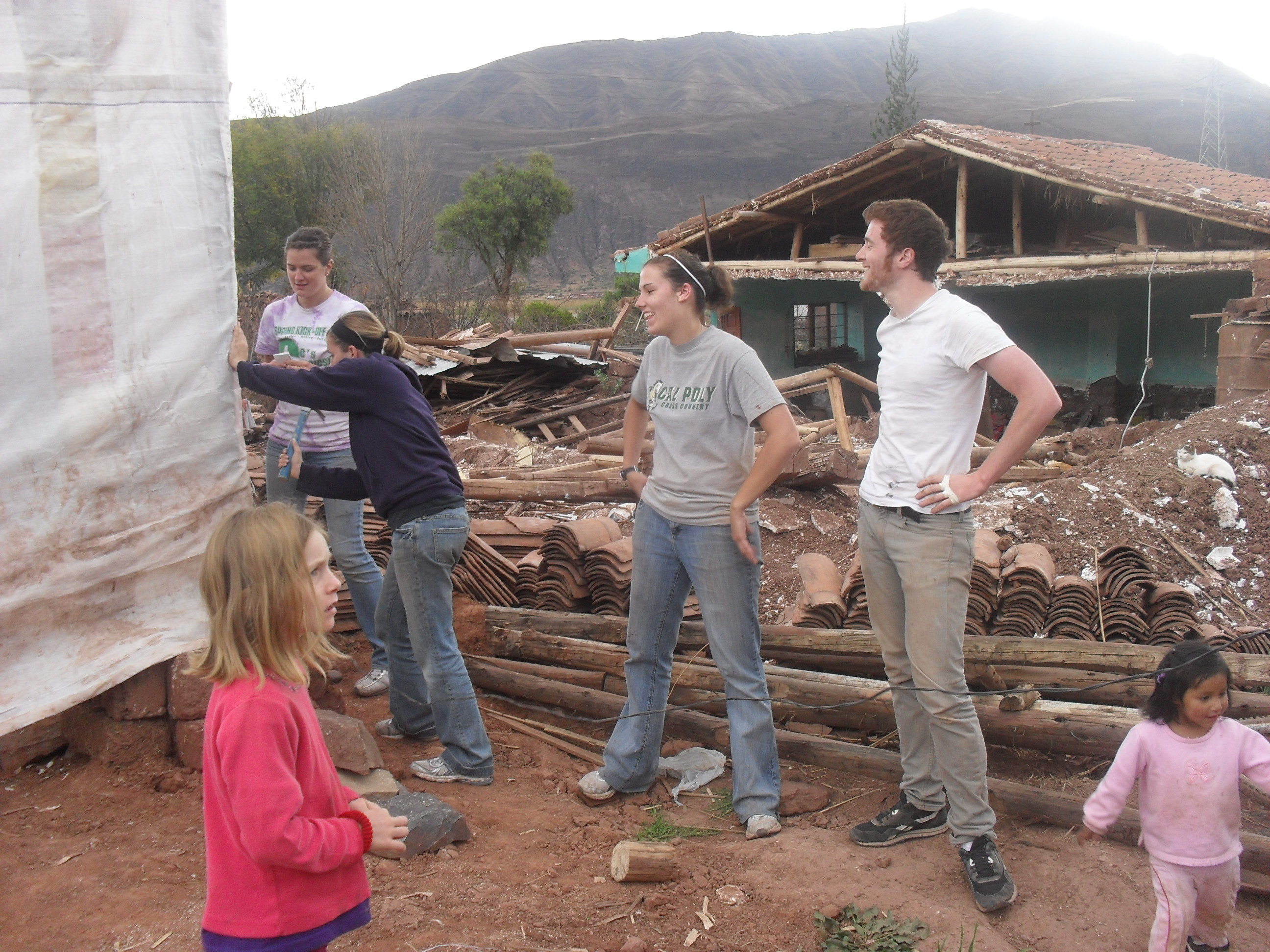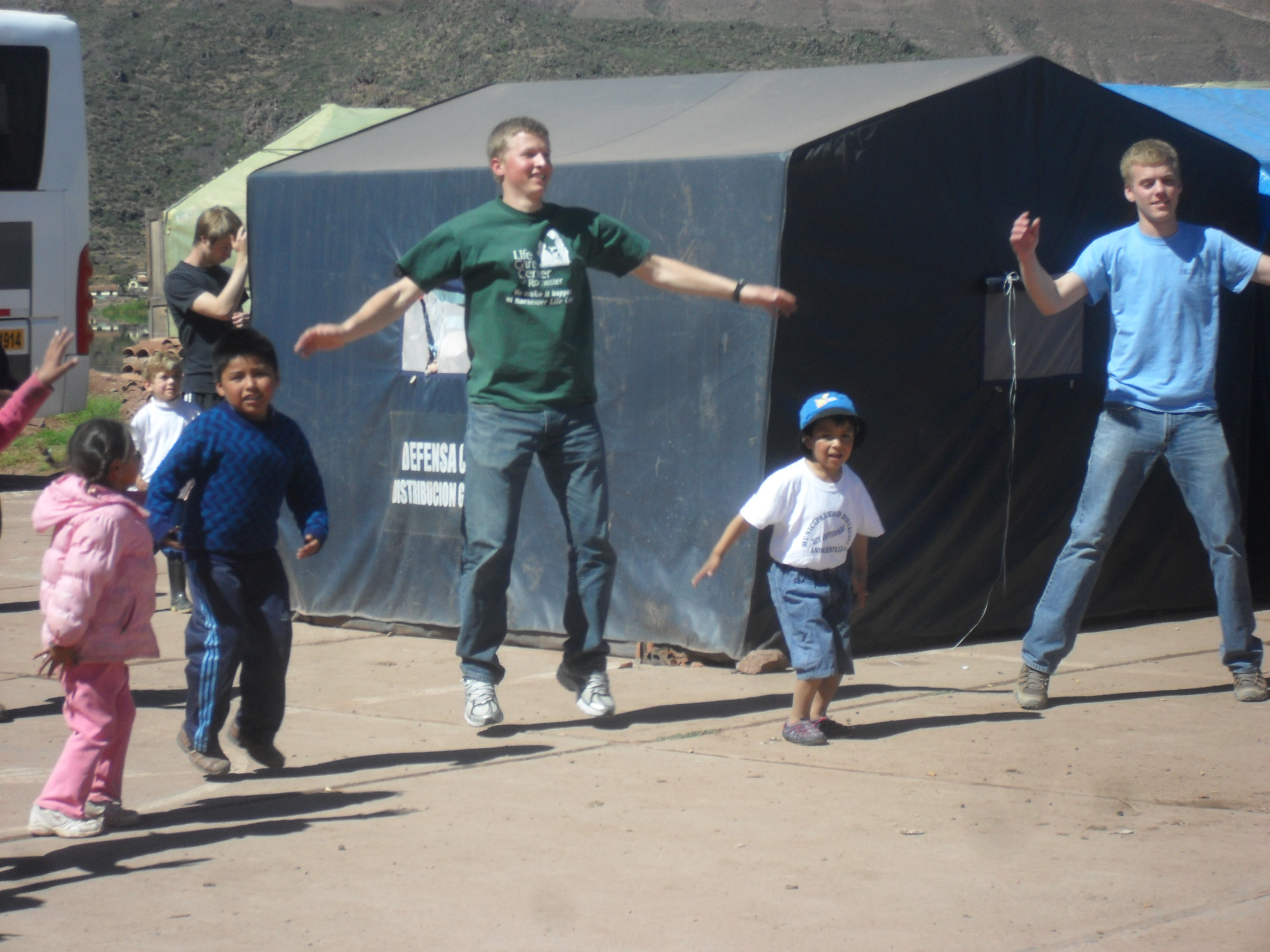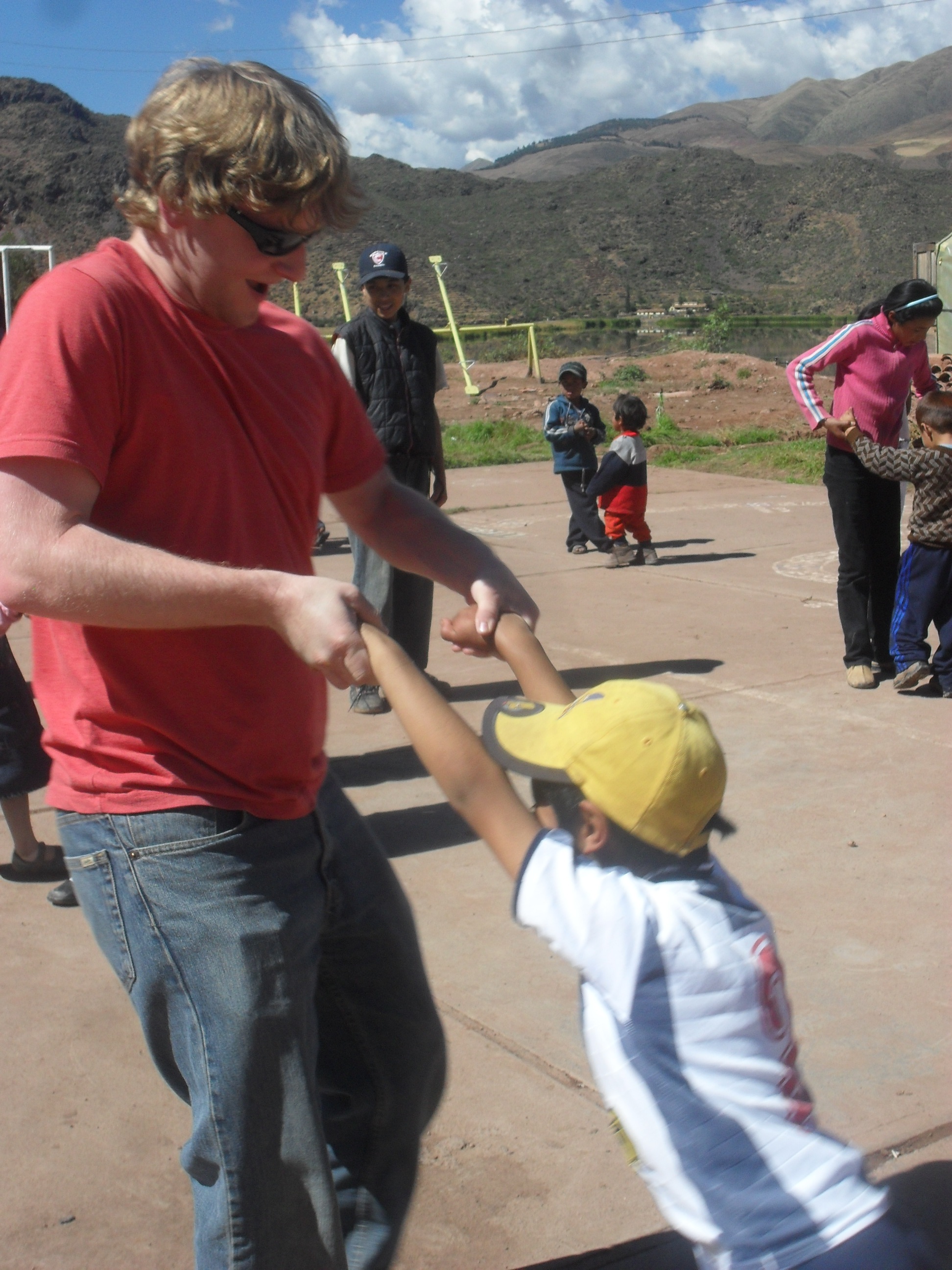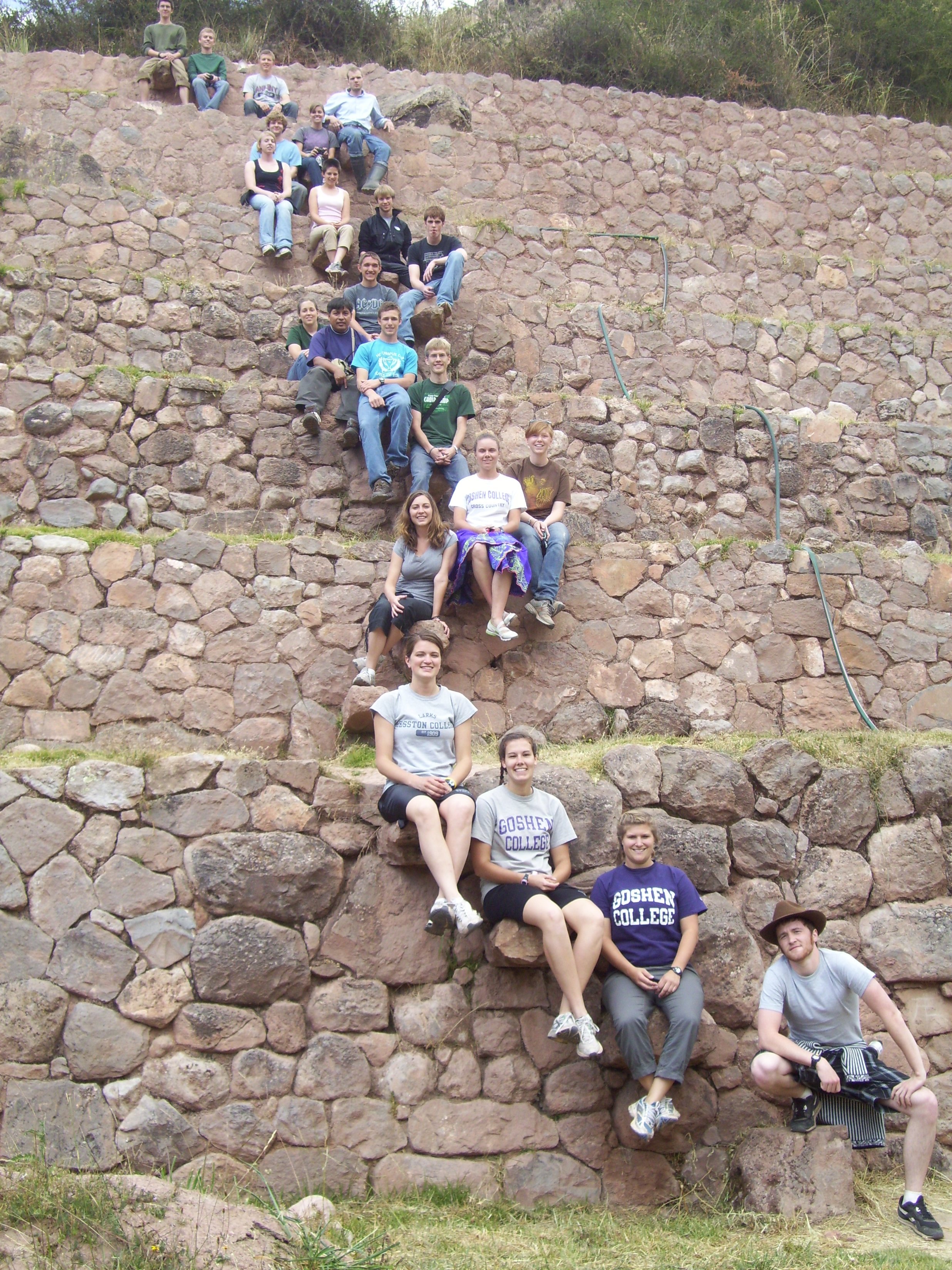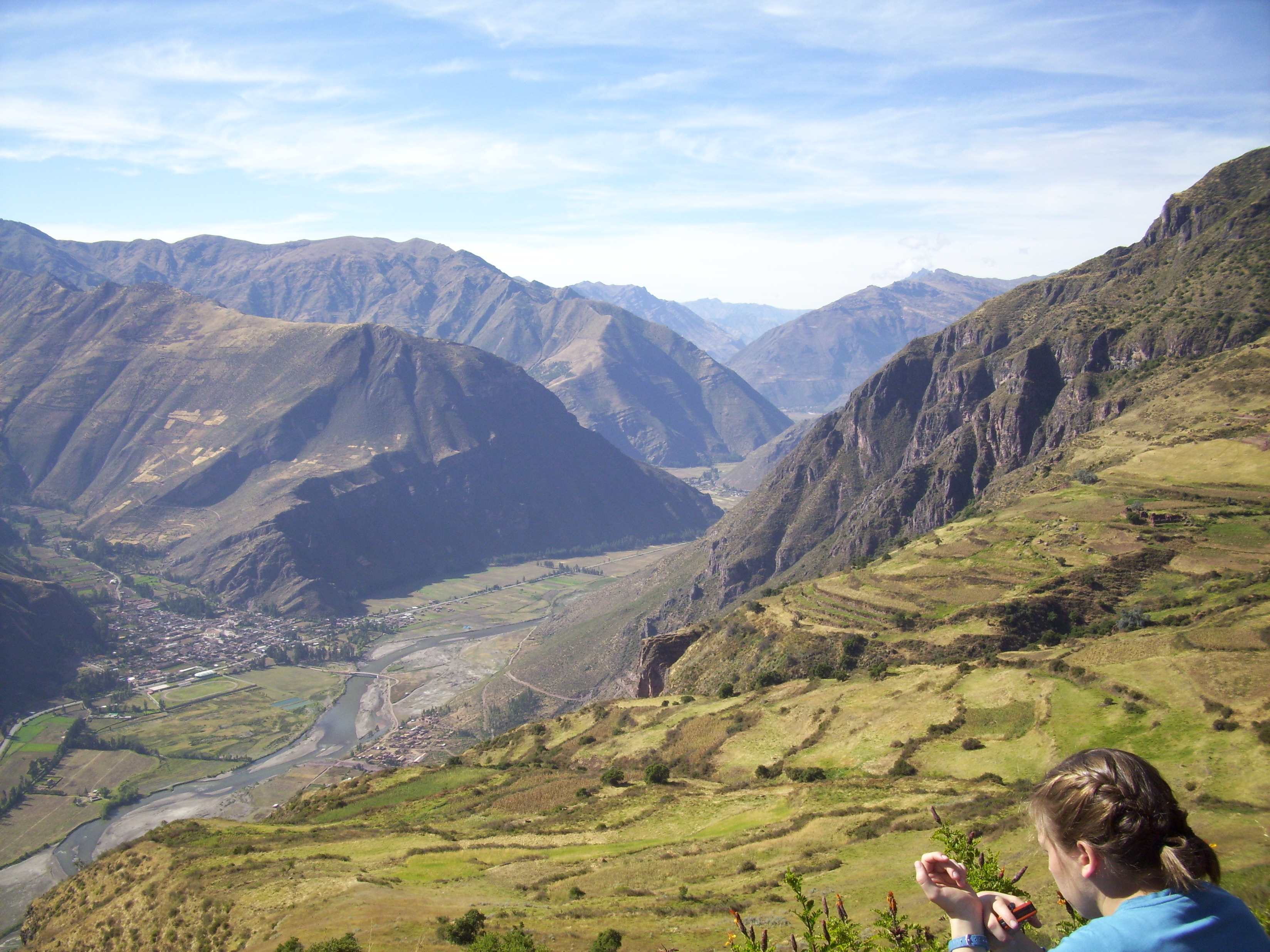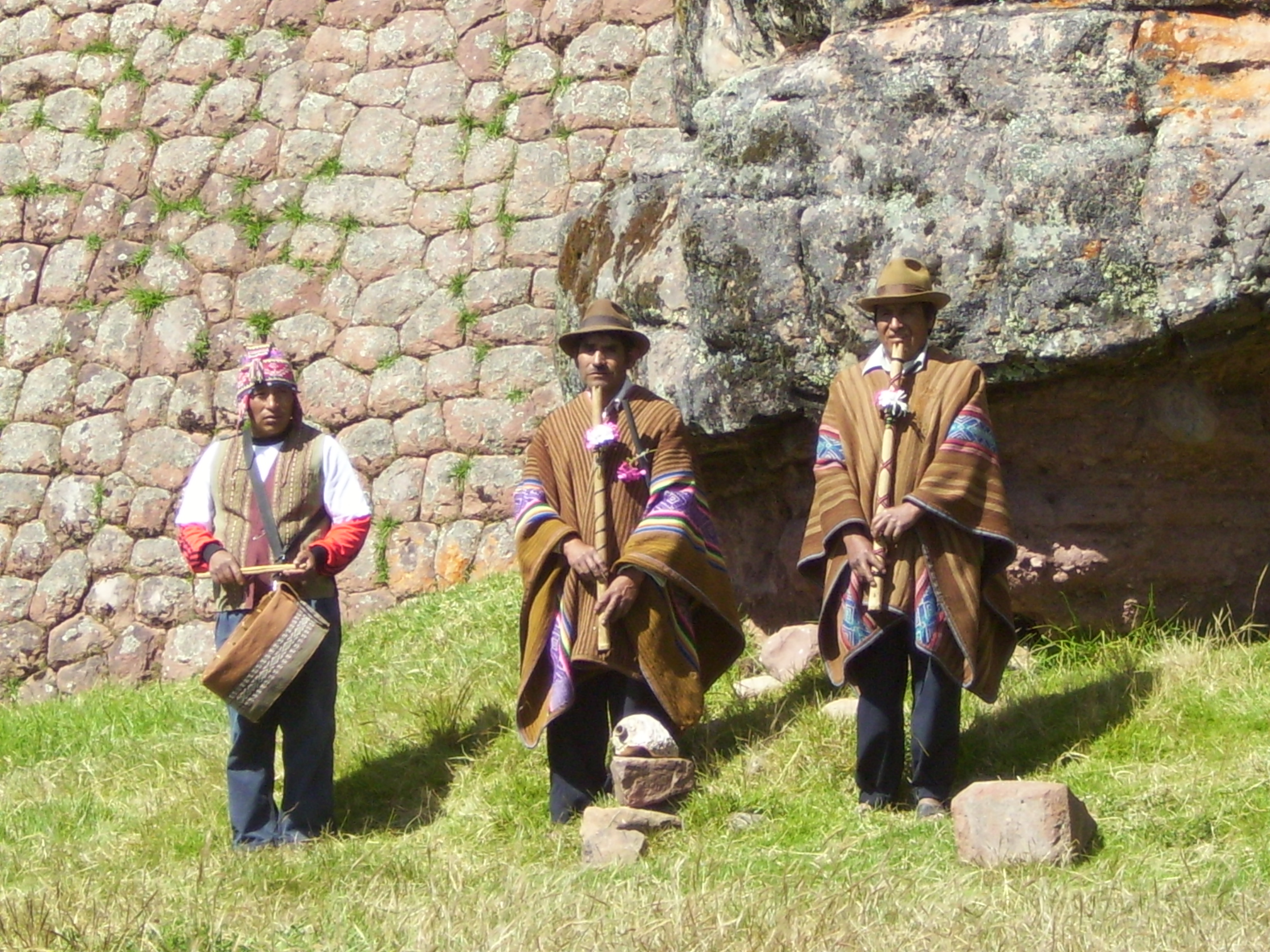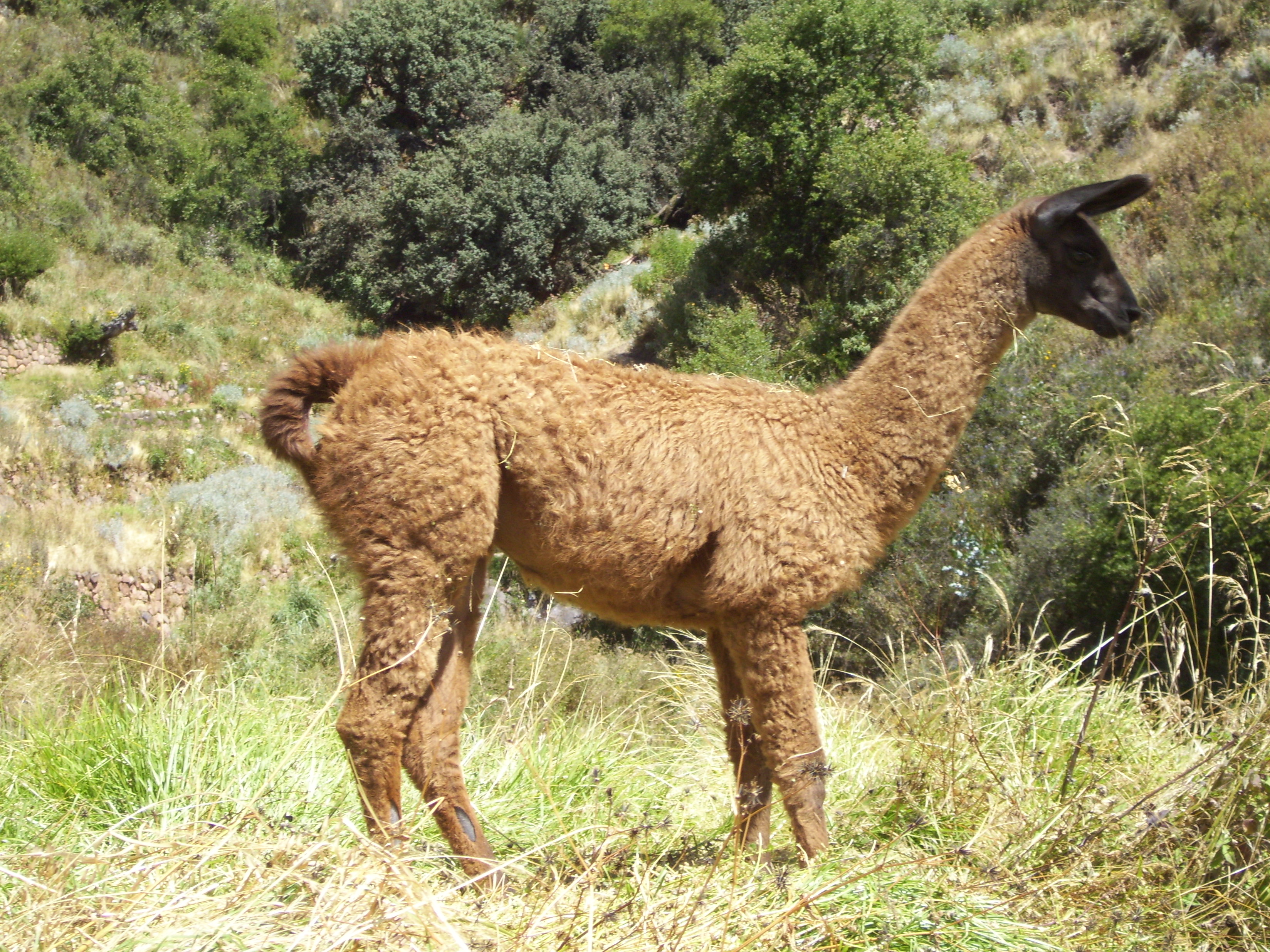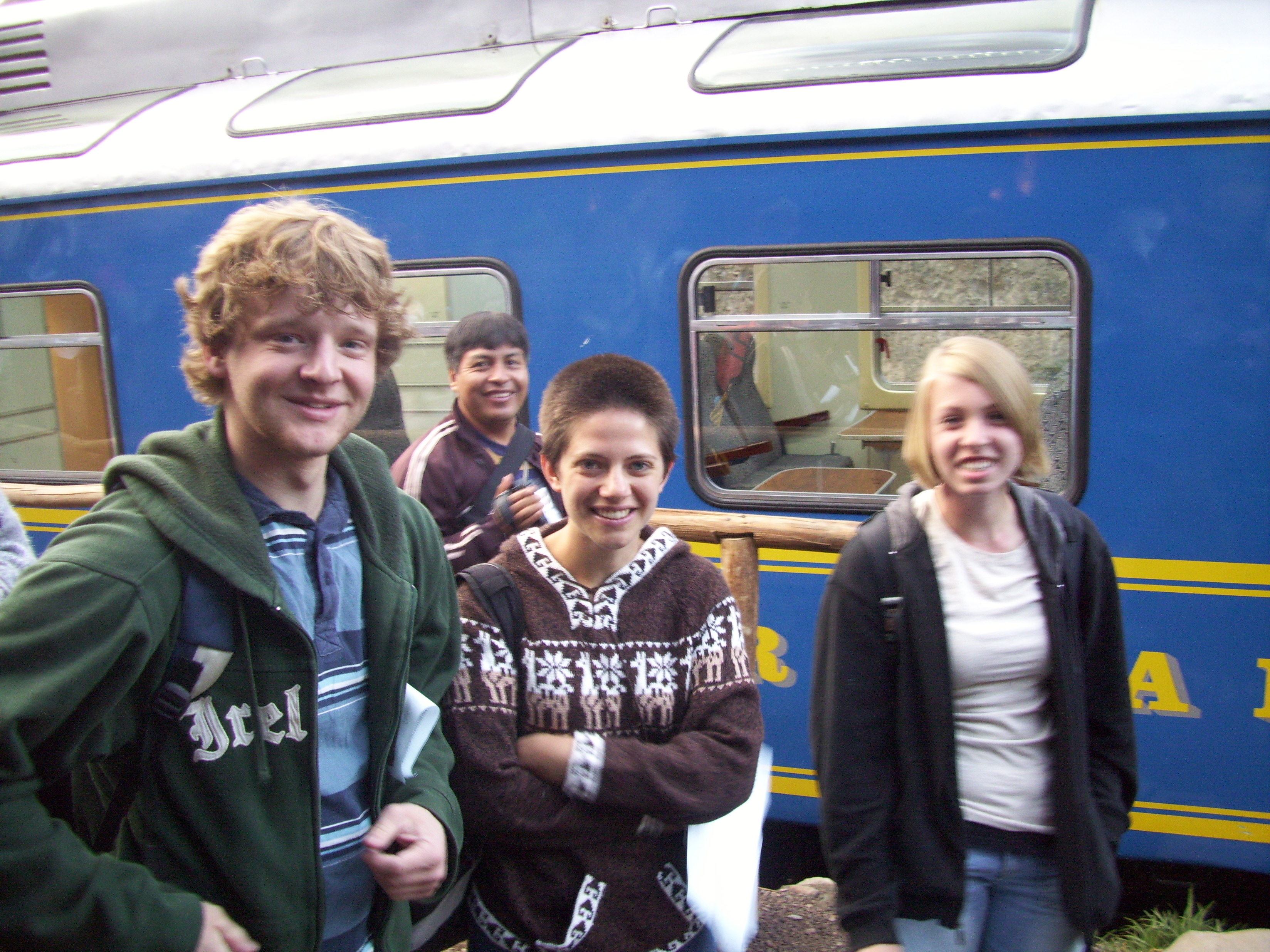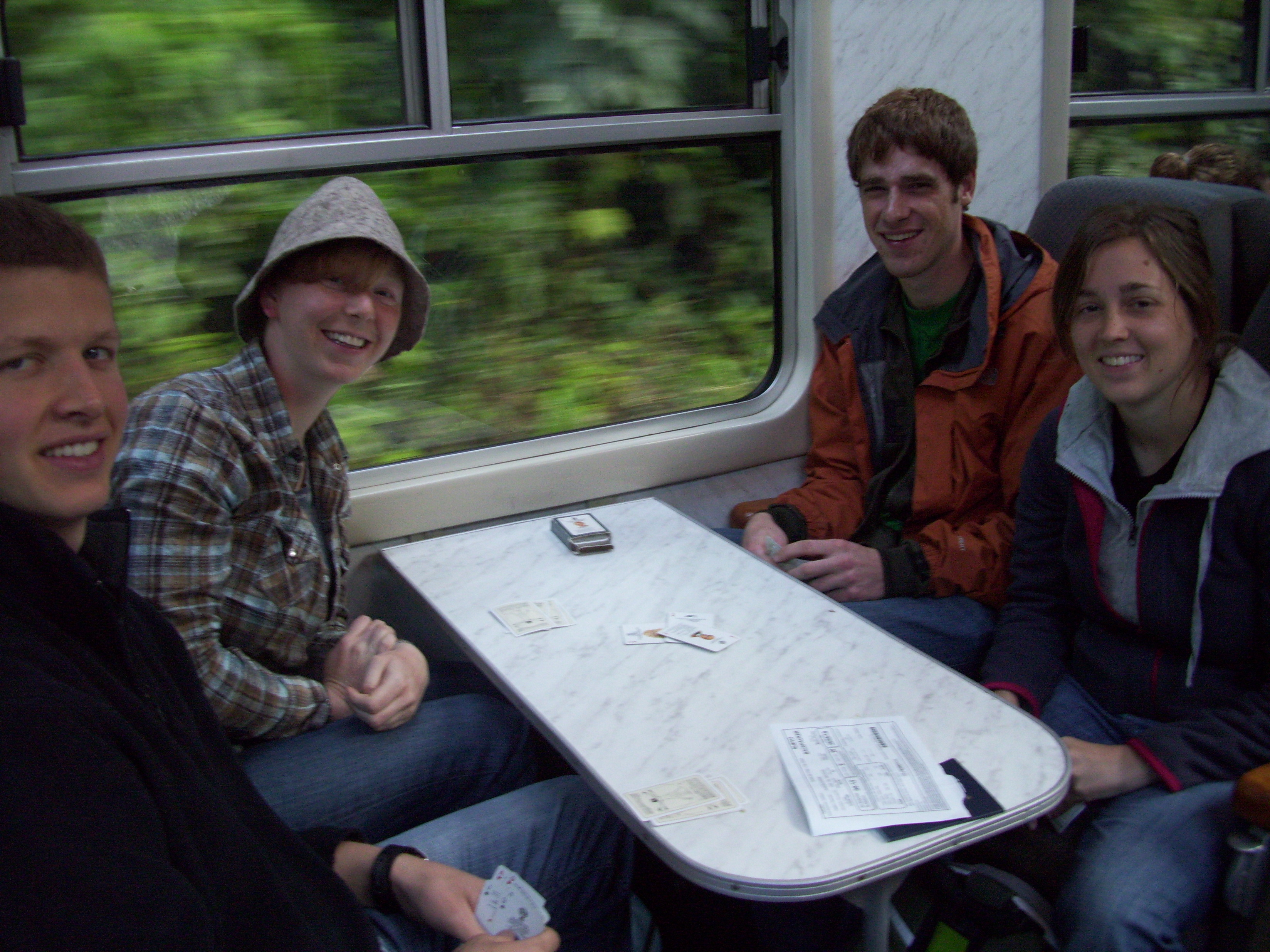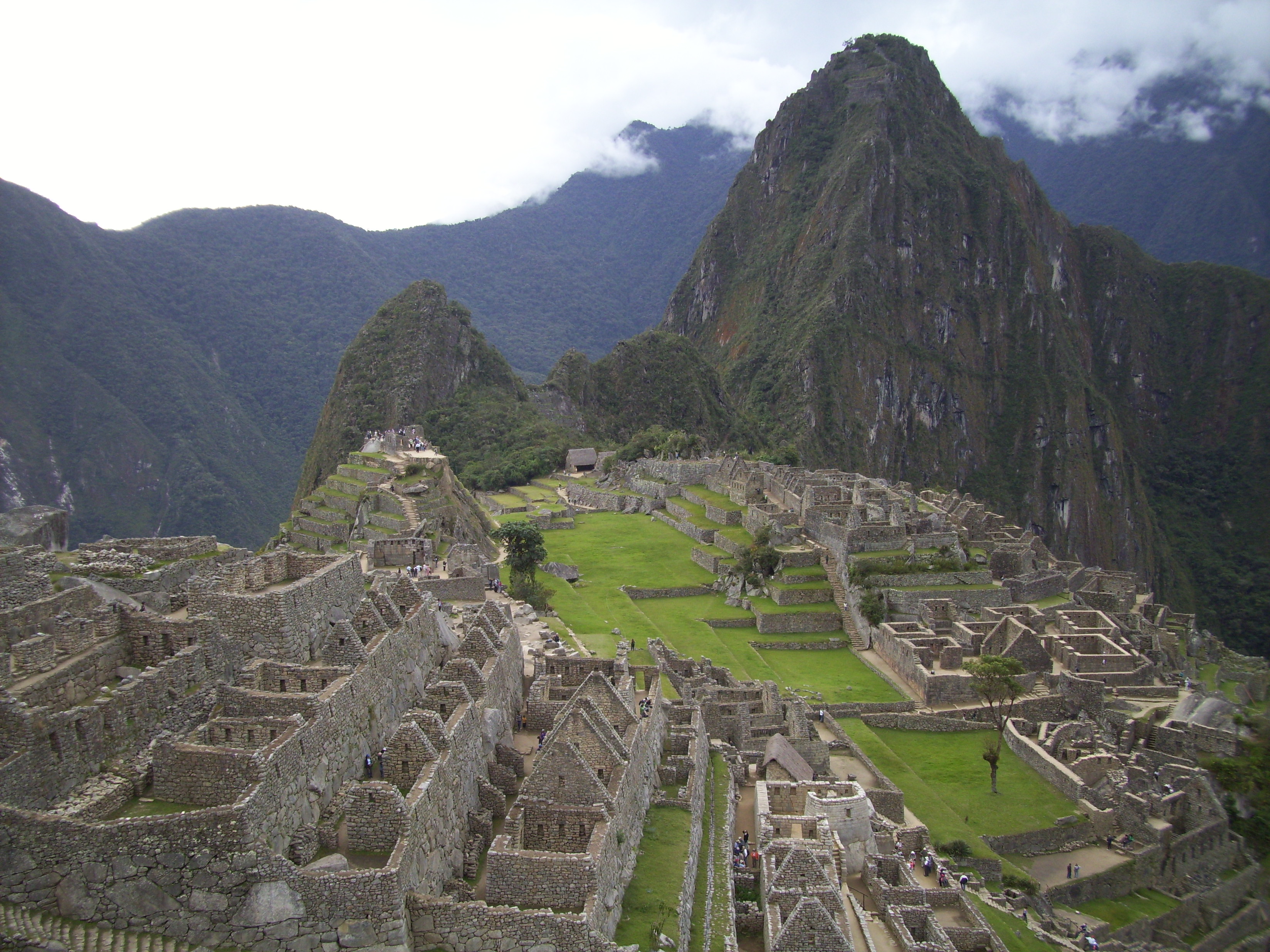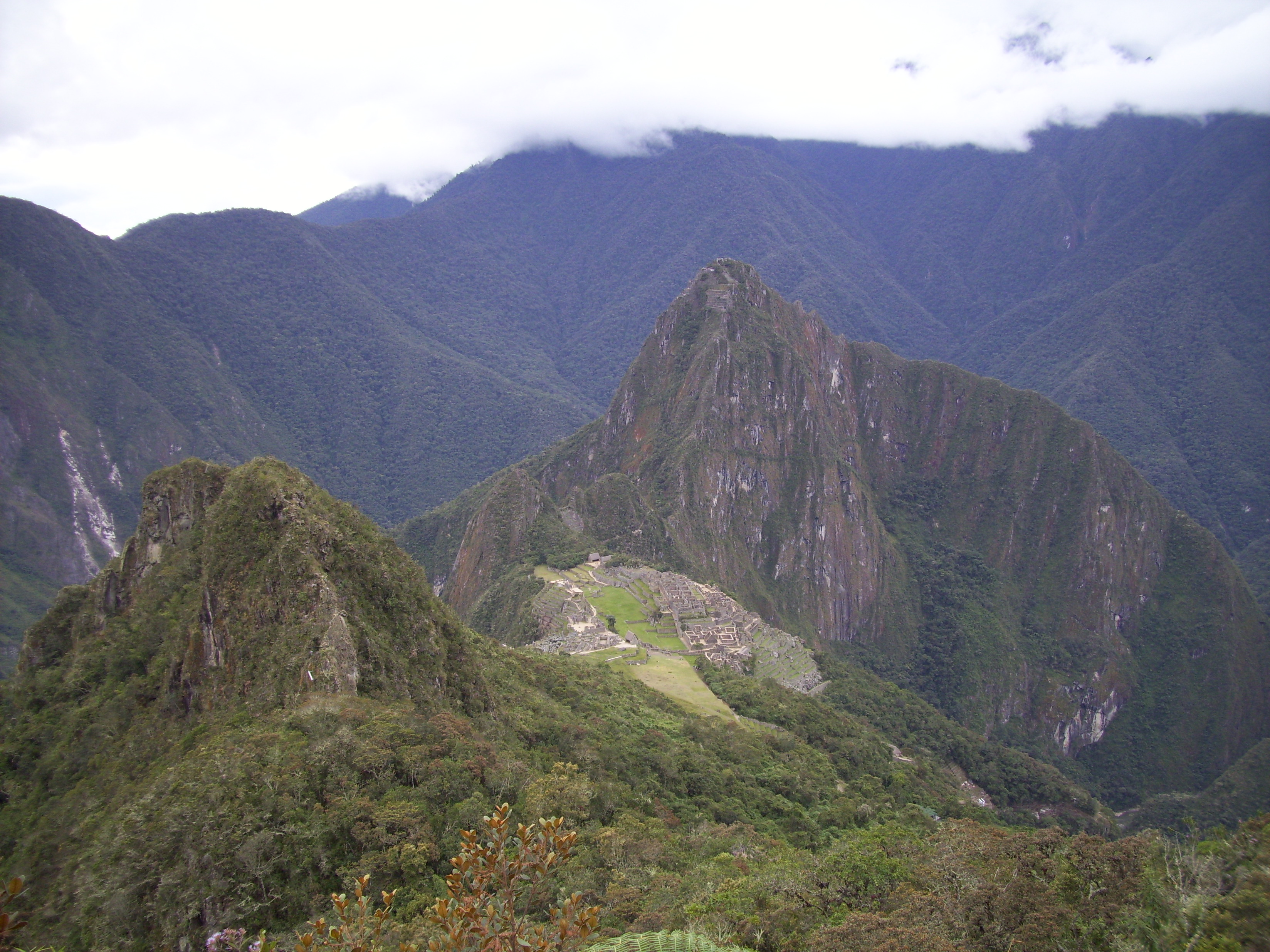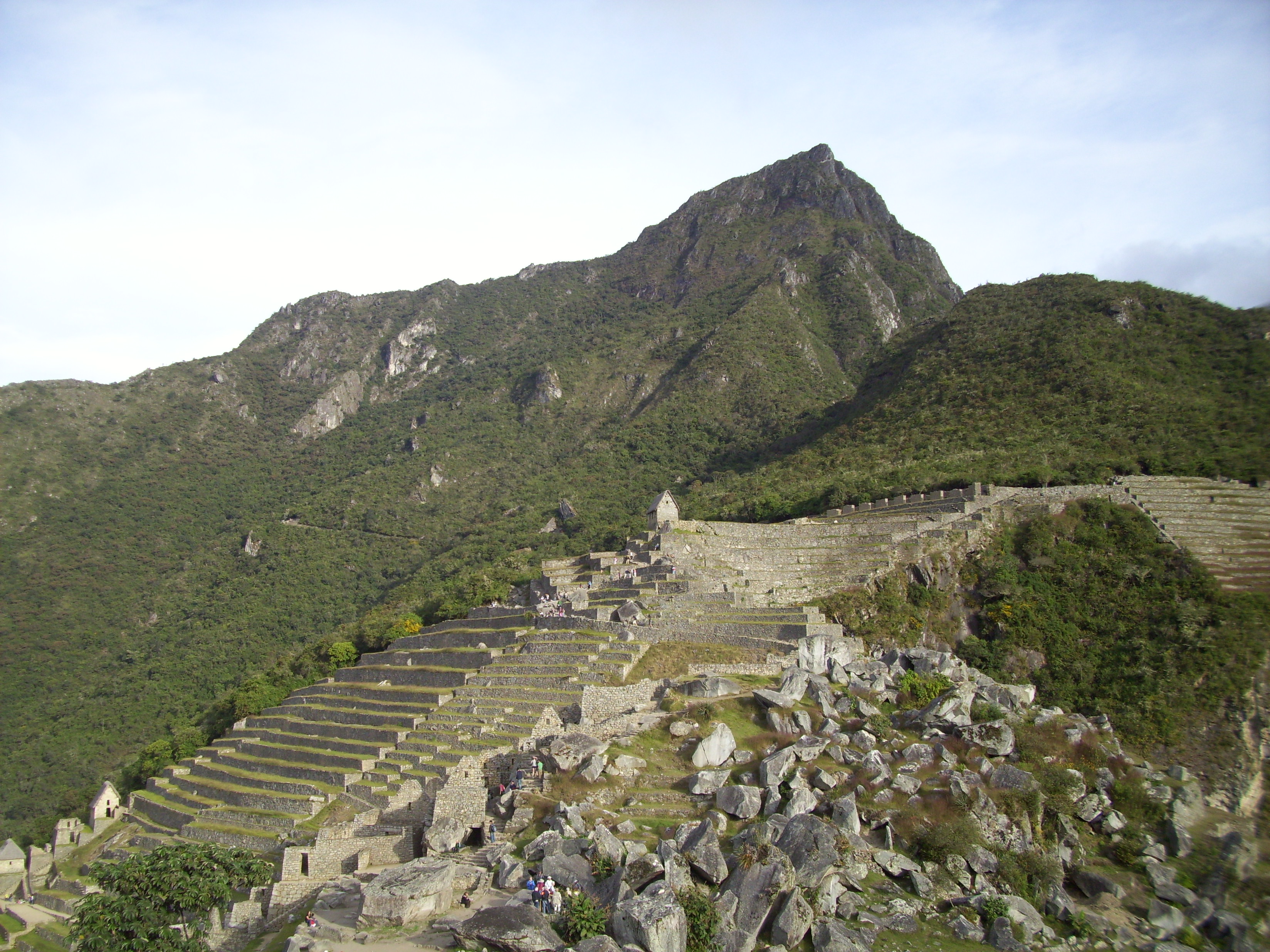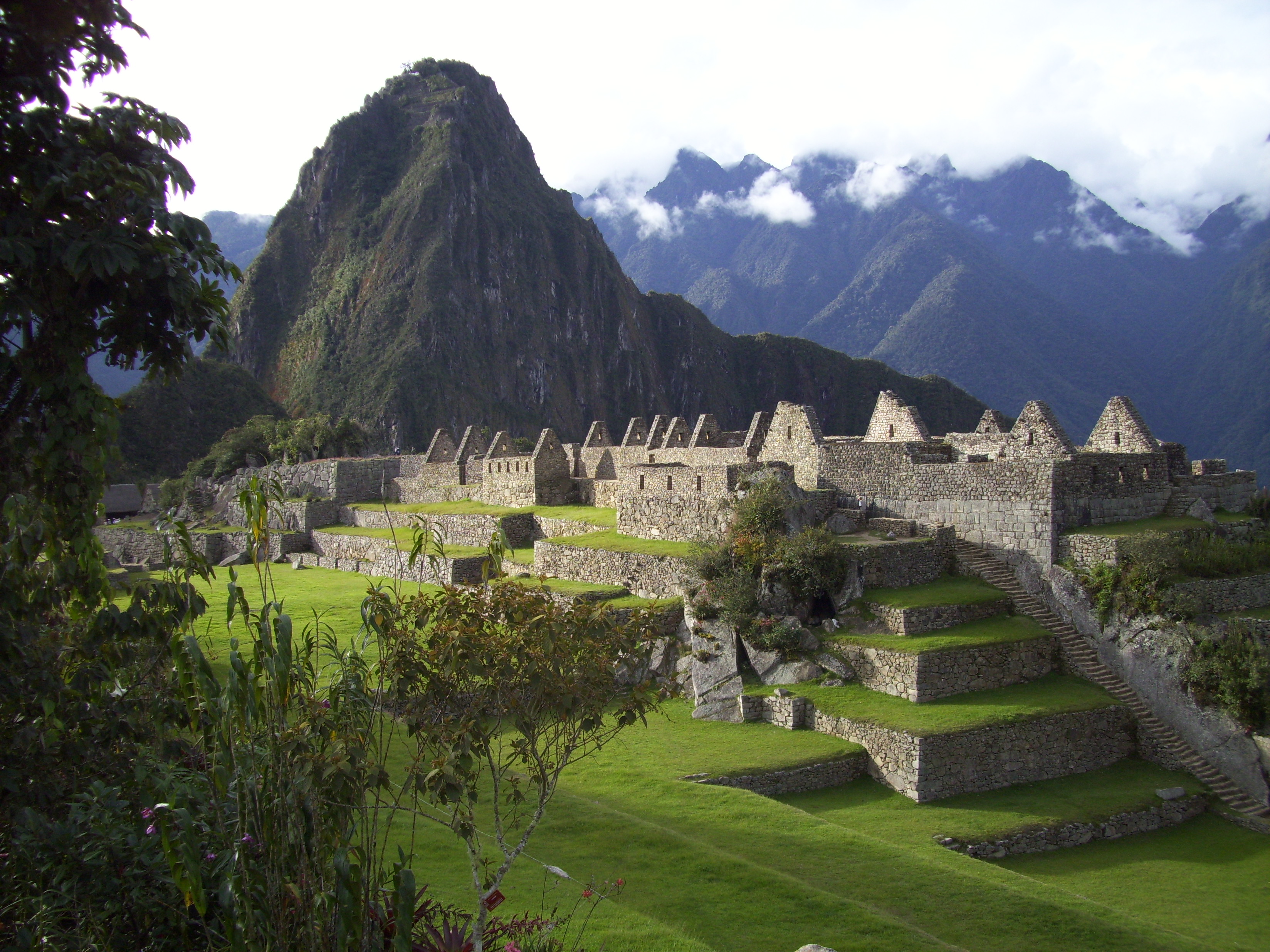Journey to Machu Picchu

We began our week-long trip to the epic Inca city with a visit to Sacsayhuaman, home to a collection of huge stones fitted together with incredible precision more than five centuries ago. Then we embarked on a three-day service project in nearby Huacarpay, working with families whose homes were flooded during four days of unprecedented rainfall in January. Our service work was organized by pastors and staff at the Mennonite Church in San Jeronimo. While one group of students helped a family move its household possessions from a temporary shelter erected on a nearby hillside back to their home in the village, a second group helped build a roof and a third dug the foundation for a concrete wall to replace the adobe barrier washed away when water crested the highway. We finished our service work with a visit to those still living at the tent city up on the hill. Our service coordinator, Willy, helped us organize a health education workshop for children where we distributed anti-parasite medication and fluoride treatment donated by Camino de Vida (Road to Life) Church in Lima. We also gave each family a cloth, draw-string bag sewn by members of Waterford Mennonite Church in Goshen and filled with donated personal hygiene items. The students enjoyed staying with host families from the church in San Jeronimo during this time and we celebrated the completion of our work with a roasted cuy (guinea pig) dinner.
Next we set off to explore a collection of Inca ruins that are off the beaten path between Cusco and Machu Picchu. Moray is an ancient agricultural experiment station with terraces built in a series of concentric circles. Our guide, Oswaldo, explained how Inca engineers constructed the site to develop new strains of potatoes, quinua, corn and other crops. The bowl-shaped terraces simulate changes in elevation, amplifying the differences in temperature found at different locations throughout the Andes. We also visited nearby Chincheros, a chance to experience a traditional market filled with products ranging from the ubiquitous papa (potato) to hand-made alpaca sweaters.
Huchuy Qosqo (Little Cusco) is a small farming community located more than 2,000 feet above the Sacred Valley of the Incas. To get there we hiked four steep kilometers from the valley floor, an exhausting endeavor at 11,800 feet above sea level. Our reward was a chance to experience a place high in the Andes still untouched by vehicles and seldom visited by outsiders, walking a path treaded by locals for untold centuries. We also ate some great food — quinoa soup, roasted cancha (corn), skewers of vegetables and meat and cups of hot mate (tea) — prepared and served by our hosts. The next morning we accepted an invitation to sit among the Inca ruins and enjoy a play performed in the Quechua language by members of the community. The ancient drama recounted a love story that took place in this very place before the arrival of the Spanish in 1532. A woman and man, who had known each other since childhood, were heartbroken when the Inca’s general fell in love with the woman and pledged to marry her. The lovers ran away, the general found them and, after executing both man and woman, proclaimed that the village would remain small forever because of their disobedience to the king (Huchuy Qosqo is Quechua for “little Cusco”).
Our last destination was Machu Picchu. We staged our train trip to the most-visited destination in South America from the nearby town of Ollantaytambo, a “living museum” that was celebrating the largest festival of the year during our visit. When we awoke before dawn to catch our train, the villagers were still celebrating! We arrived early in Machu Picchu, learned briefly about the site, then divided into groups to explore. One set of sturdy hikers set out for the summit of Machu Picchu (Old Mountain) while another set visited the sun gate on the Inca Trail. A third group set off for the Inca Bridge. The most energetic were able to reach two or even three of these destinations . As the day ended the sun emerged from behind the clouds and we enjoyed a guided tour of the sacred city itself.
